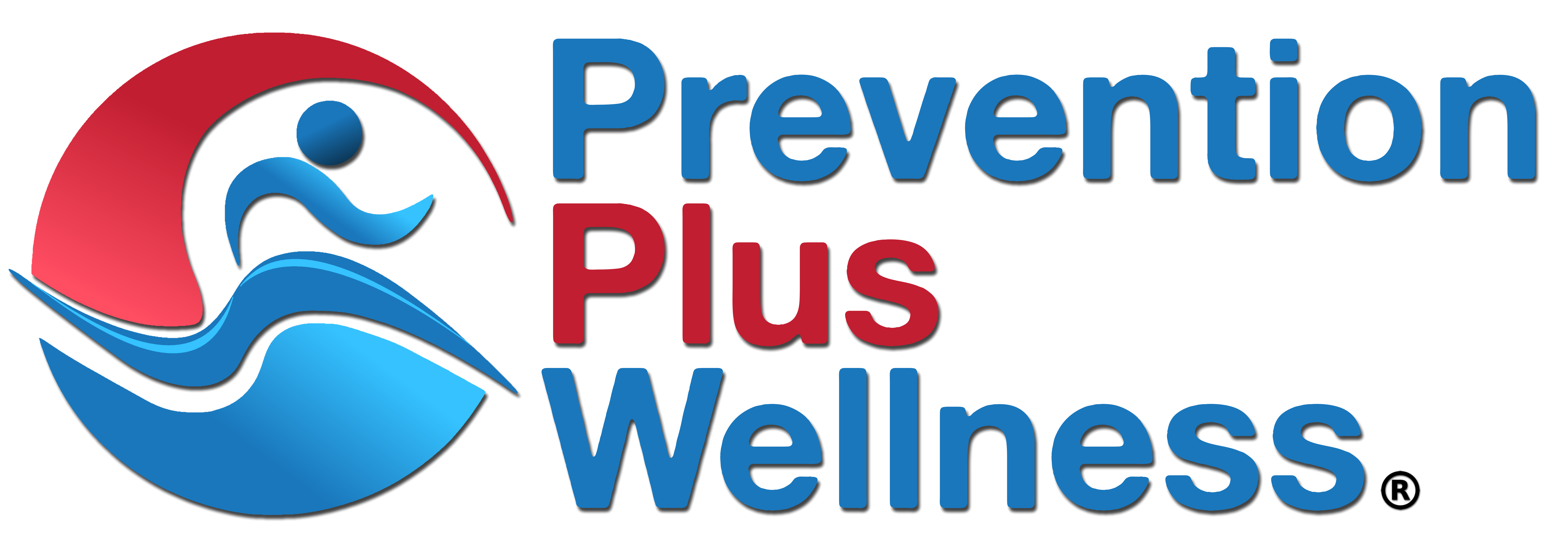Effective substance use prevention requires that prevention professionals understand how substance use products are being used and marketed.
For example, if one of your goals is to prevent marijuana use/misuse, it’s helpful to gain some knowledge about how and who uses marijuana and how it’s being marketed for use.
This means doing some research on how cannabis companies operate and sell their products.
These insights will help you, as a prevention specialist, tailor your prevention content and strategies to be more effective.
A recent online article published by Cannabiz Team Worldwide titled “The Cannabis User Lifestyle and Shopping Habits” is a great example of where you can find prevention insights.
Because it’s written for the cannabis dispensary and company operator, it contains a wealth of actionable information for prevention professionals.
Right in the very first paragraph of the article, the cannabis industry signals it doesn’t like the portrayal of the cannabis user as a “stoner” which is both a negative image and too limiting for reaching broader audience markets.
Why Do People Consume Cannabis?
The article’s author presents cannabis marketing data indicating that most people consume cannabis to relax (22%) or improve sleep (19%) and goes on to note that “Even professional athletes use cannabis regularly…” and suggests focusing marketing on additional benefits of cannabis to target specific audiences.
Prevention providers can counter these claims by presenting scientific data on the limited efficacy of cannabis for addressing stress and to improve sleep, both long-term and compared to more healthy alternatives, as well as the potential side effects and risks of using cannabis.
In addition, prevention specialists can address the cannabis industry’s efforts to inflate and normalize cannabis use among elite athletes and its use as a cure all for every imaginable purpose as both false and unhealthy.
Cannabis is not a panacea for solving every medical ailment and it’s use, particularly regularly or heavily, to result in mental health problems like anxiety and depression.
The remainder of the article presents the following topics:
- Goals of Using Cannabis
- Where Do Cannabis User Sessions Take Place?
- Cannabis User Shopping Influences
- Popular Cannabis Products
- Consuming Cannabis with Purpose
One thing that’s evident throughout the article is that the cannabis industry wants people to rely on cannabis as a crutch to enjoy what’s already enjoyable, such as a walk in nature and promotes its use as less harmful than other substances.
Popular Cannabis Products
The article describes that the most popular cannabis products are “flower” (i.e., smoking dried marijuana), followed by vaping and dabbing (burning concentrated extract using flammable butane.
Prevention specialist should focus on providing messaging about the unique risks posed by smoking marijuana for harming lung function and causing respiratory ailments and the problems posed by vaping high potency THC including addiction and mental illness.
In addition, it’s critical for prevention providers to inform youth and adults about the serious danger for explosions when burning butane during dabbing high potency THC products.
The use of vaping and particularly dabbing should be presented as being very rare, non-normative behaviors and a potential indicators of cannabis abuse and addiction.
Consuming Cannabis with Purpose
The final section of the paper is perhaps the most disturbing. Cannabis users are being told that marijuana can be used for many purposes, especially for health and wellness.
This author goes on to state that cannabis can be used for spiritual wellbeing, mental health and even workouts.
And, that it can be used to help creativity and divergent thinking, boost verbal fluency, decrease self-consciousness, and improve empathy.
Prevention professionals should push back against these claims by presenting the latest research on marijuana’s immediate, short-term and long-term effects and promote healthy non-drug use alternatives to enhance wellness and address social and personal life problems.
In conclusion, this article is a good example of how the cannabis industry plans to expand marijuana use for multiple purposes and to broad audiences.
It’s essential that prevention and mental health professionals stay informed of industry marketing plans to tailor prevention content and strategies to prevent youth use and adult misuse.
Using existing evidence-informed programs and media campaigns, such as those offered by Prevention Plus Wellness (PPW), that address both marijuana use prevention and provide parents and communities with accurate information on how cannabis harms youth future health and performance while providing healthy behavior alternatives is a good place for prevention professionals to start.
Lastly, a great new article was just published in the New York Post titled “Weed makes you crazy and gives you heart disease. Why’s it legal?”
Prevention specialists can share it widely within their communities as a counter to cannabis industry claims as it presents some recent research on the negative effects of using cannabis: https://www.msn.com/en-us/health/medical/weed-makes-you-crazy-and-gives-you-heart-disease-why-s-it-legal/ar-AA1hsVko?ocid=winpstoreapp&cvid=7368b91020cd493aa7bfcb42187960fc&ei=32
Read the full article: https://cannabizteam.com/2022/09/cannabis-user-lifestyle-and-shopping-habits/
Learn more about PPW programs and campaigns: https://preventionpluswellness.com

